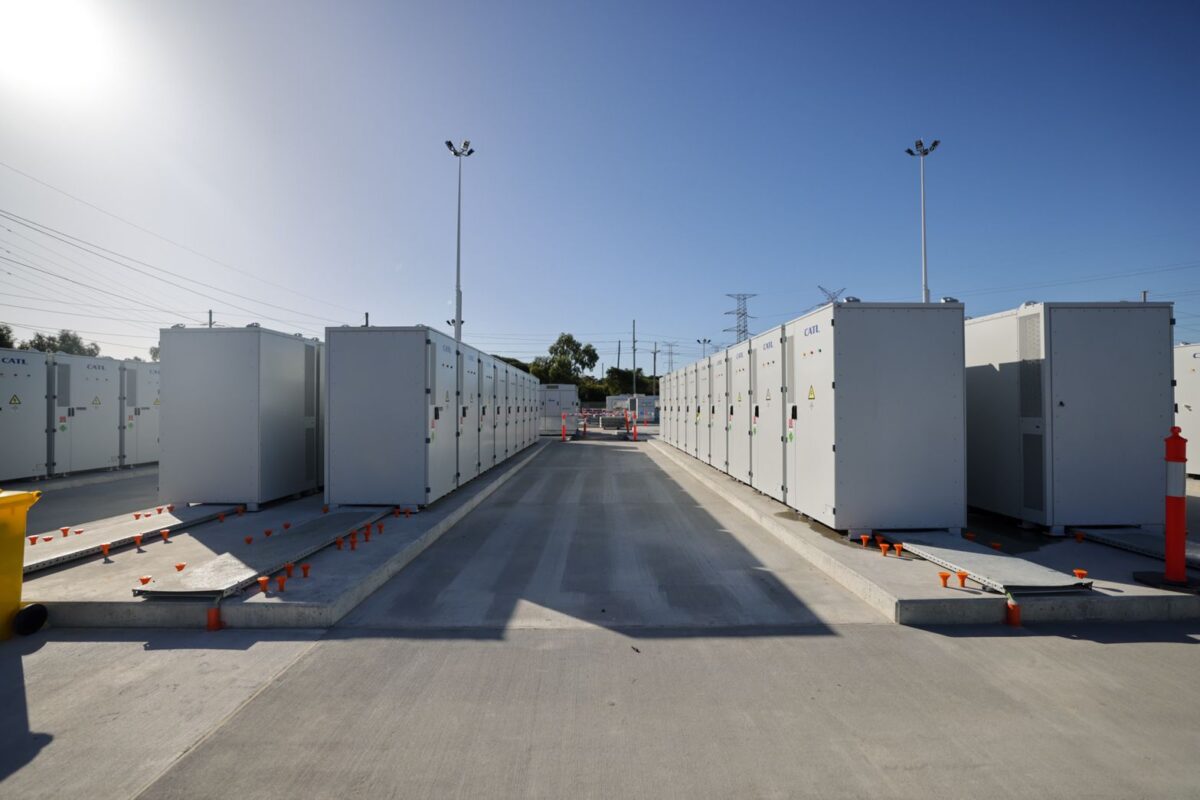The federal government is preparing to launch the first Capacity Investment Scheme (CIS) tender for Western Australia’s wholesale energy market (WEM) in the coming months with an initial target of 500 MW / 2,000 MWh of “clean dispatchable capacity.”
Federal Energy Minister Chris Bowen said the inaugural round will be the first in a series of tenders that is expected to deliver 2.3 GW of new solar and wind generation and 1.1 GW of four-hour equivalent (4.4 GWh) dispatchable capacity, or storage, in the WEM by 2030.
Bowen said the imminent the roll out of new renewable energy is designed to boost affordable, reliable, power, “where and when residents need it.”
Applications for the first tender are expected to in June with the Department of Climate Change, Energy, the Environment and Water (DCCEEW) having released a design paper which seeks to address the unique requirements of the WEM and calling for feedback on the proposed design and rollout of the CIS.
Once the federal and state governments complete the Renewable Energy Transformation Agreement, including reliability benchmarks and addressing barriers to new capacity, 2.3 GW of variable renewables and 1.1 GW of four-hour equivalent (4.4 GWh) dispatchable renewables will be unlocked in WA to 2030.
“The Western Australian energy market is a little bit different to the East Coast, so we’ve just got a paper out there today making sure we’ve got all the details right, then we roll that out in Western Australia,” Bowen said.
“The Cook Government and the Albanese Governments have agreed that that is something we should do in Western Australia, and now we’re just working through the details and finetuning that to support that 1.1 GW of dispatchable renewable energy, and the 2.3 GW of renewable energy.”
The WEM currently supplies 20 TWh of electricity to more than a million customers via 7,750 kilometres of transmission and 93,350 km of distribution lines on the South West Interconnected System (SWIS).
The 2023 to 2042 SWIS Demand Assessment modelled a future ready scenario demand of more than 50 GW of new generation and storage capacity to supply load growth in the SWIS by 2042. Of this, an overwhelming majority of the new generation capacity was found to be large-scale wind and solar (41.8 GW) as commercially viable technologies.
By comparison, total utility-scale generation capacity in the SWIS in 2022 was 5.9 GW, with approximately 1.2 GW of this being large-scale wind and solar.
The modelling shows large-scale solar paired with long-duration energy storage as the most cost-efficient form of firmed renewable generation. This combination is expected to be built across the SWIS.
A decade ago, 90% of Western Australia’s electricity through the SWIS was supplied by coal and gas, and today, wind and solar generation account for a third of the annual electricity supply, peaking at times to 84%.
The WA tender is the latest in the federal government’s CIS, which aims to deliver 32 GW of new renewable generation and storage capacity across the nation by 2030 as Australia targets 82% renewables by the end of the decade.
About 2.4 GWh of storage capacity is being sought for Victoria and South Australia, while the winners of the first New South Wales auction were announced in November last year.
This content is protected by copyright and may not be reused. If you want to cooperate with us and would like to reuse some of our content, please contact: editors@pv-magazine.com.








2 comments
By submitting this form you agree to pv magazine using your data for the purposes of publishing your comment.
Your personal data will only be disclosed or otherwise transmitted to third parties for the purposes of spam filtering or if this is necessary for technical maintenance of the website. Any other transfer to third parties will not take place unless this is justified on the basis of applicable data protection regulations or if pv magazine is legally obliged to do so.
You may revoke this consent at any time with effect for the future, in which case your personal data will be deleted immediately. Otherwise, your data will be deleted if pv magazine has processed your request or the purpose of data storage is fulfilled.
Further information on data privacy can be found in our Data Protection Policy.